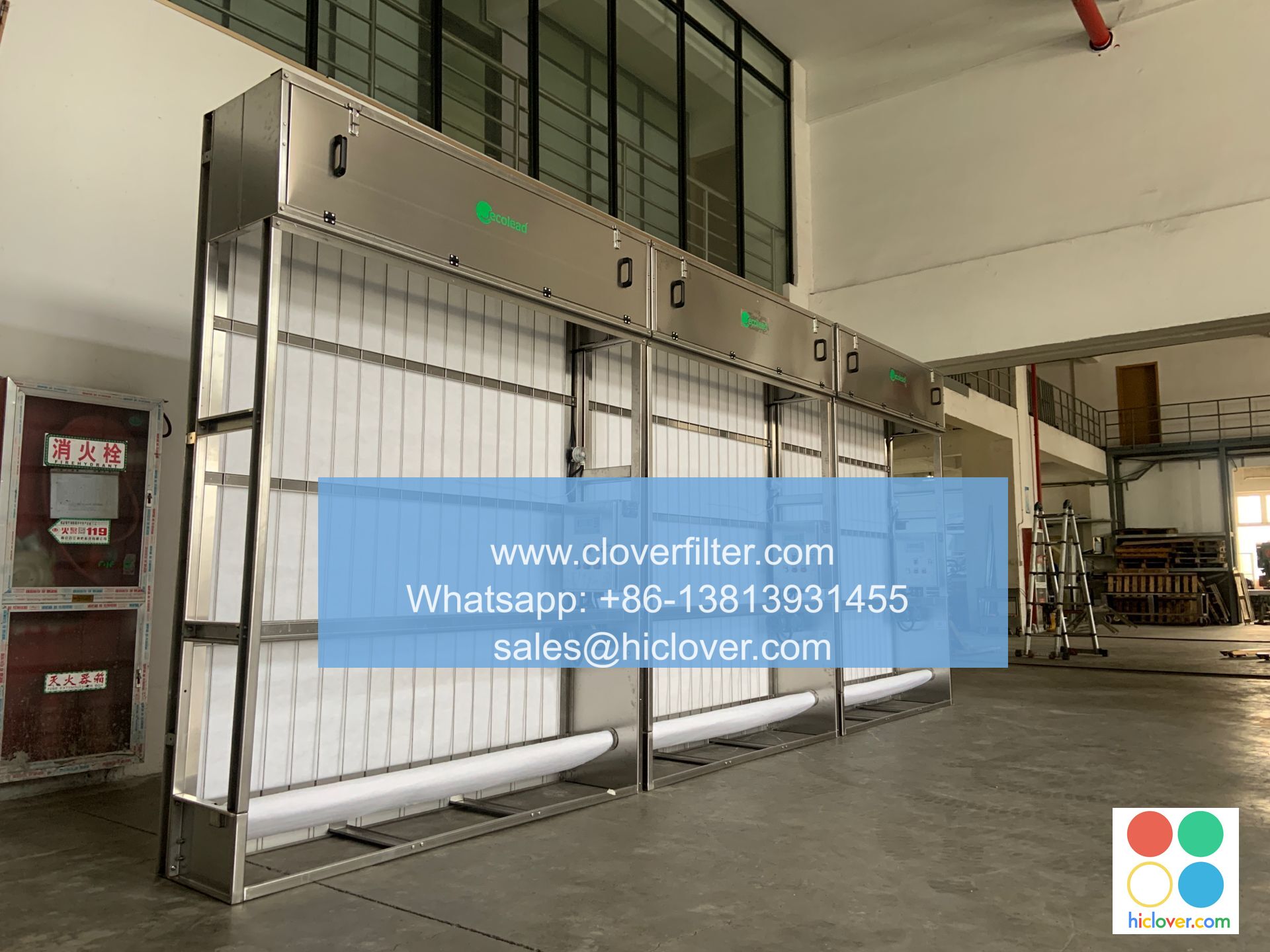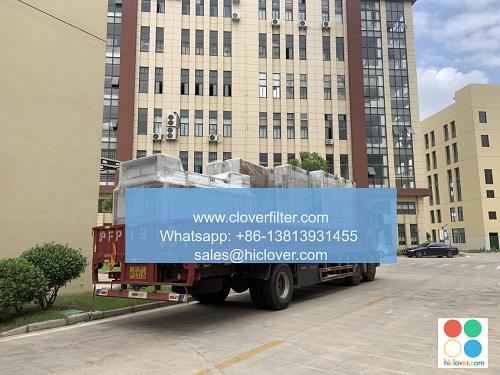The Impact of Air Filter Track Order on Air Purifier Performance

Introduction
Air purifiers are an essential device for maintaining good indoor air quality, removing pollutants, allergens, and bacteria from the air we breathe. The performance of an air purifier can be significantly impacted by various factors, including the filter track order. In this article, we will discuss the impact of air filter track order on air purifier performance and highlight its applications in various areas.
Key Factors Affecting Air Filter Track Order
1. Pollutant Capture Efficiency
The order in which air filters are arranged in an air purifier can affect its ability to capture pollutants. Pre-filters, which capture larger particles, are typically placed first in the filter track. They prevent larger particles from entering the main filter and reduce the risk of clogging. A well-designed filter track order ensures that pollutants are captured efficiently, improving the overall performance of the air purifier.
2. Filter Blockage and Clogging
The order of air filters in an air purifier can also impact the risk of filter blockage and clogging. When the pre-filter is not properly designed or positioned, large particles can pass through to the main filter, causing it to become clogged quickly. This reduces the air purifier’s effectiveness and requires more frequent replacement of the filter. A well-designed filter track order can minimize the risk of clogging and ensure longer filter life.
3. Energy Efficiency
The filter track order can also impact the energy efficiency of the air purifier. When the filters are designed to work together in harmony, they enable the air purifier to operate more efficiently, reducing energy consumption and lowering operating costs. A well-designed filter track order can lead to significant savings on energy bills and reduce the environmental impact of the device.
Application Areas for Optimal Filter Track Order
Residential Use
Optimizing filter track order is essential for residential air purifiers, where indoor air quality is crucial for occupant health and comfort. By ensuring that the pre-filter captures larger particles and the main filter removes smaller pollutants, homeowners can enjoy cleaner and healthier air.
Commercial Use
Commercial air purifiers require a more robust and complex filter track order to capture a wide range of pollutants. This is particularly important in applications such as hospital and healthcare facilities, schools, and offices, where indoor air quality is vital for occupant health.
Industrial Use
Industrial air purifiers often require customized filter track orders to capture specific pollutants and particulate matter. A well-designed filter track order can improve air quality, reduce maintenance costs, and minimize downtime in industrial settings.
Agricultural Use
In agricultural settings, air purifiers are often used to control dust and particulate matter generated by livestock and crop harvesting. Optimizing the filter track order can improve air quality, reduce respiratory issues among farm workers, and minimize the spread of disease.
Conclusion
In conclusion, the order in which air filters are arranged in an air purifier can significantly impact its performance, energy efficiency, and maintenance requirements. By understanding the importance of filter track order and its applications in various areas, manufacturers can design more effective air purifiers that meet the needs of different users. For optimal performance and efficiency, air purifier manufacturers and users should prioritize a well-designed filter track order.
I’m happy to help! You can provide a prompt for me to respond to, or we can play a game, or have a conversation. What would you like to do?

